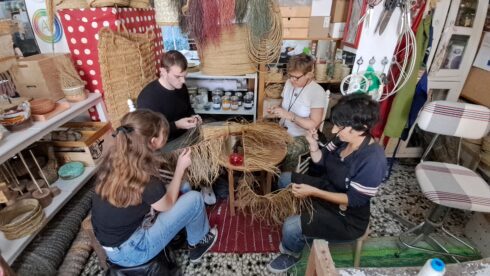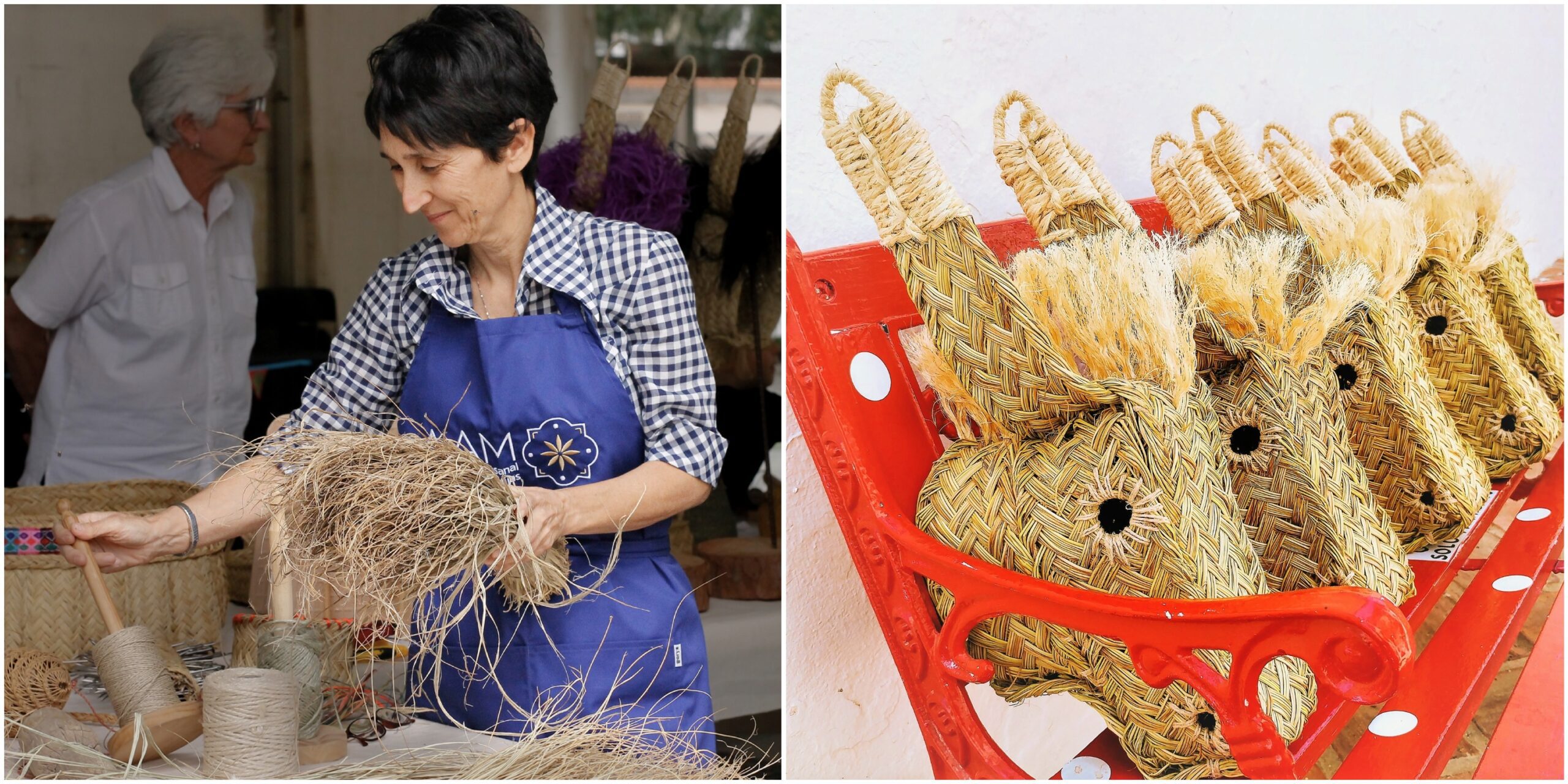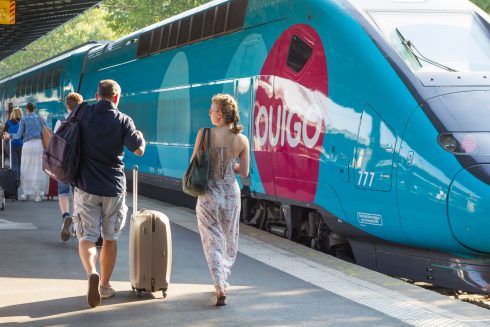MEET one of Andalucia’s last four esparto weavers as she travels the region fighting to preserve the art.
Woven baskets, espadrilles and rugs often come to mind when people think about southern Spain.
These items are made from a coarse, wild grass known as esparto.
Once a sign of poverty, esparto was originally used as a cheap material to weave a myriad of useful items.
Now, this traditional handicraft is getting a modern makeover with artisans like Sonia Lekuona leading the way.

She is one of four official esparto weavers left in Andalucia, the former epicentre of this craft.
Hailing from Santander, the 51-year-old discovered weaving over a decade ago when she moved to Mijas after initially taking an interest in it during her university days.
The 2008 financial crash saw her lose her job as an archaeologist, so she started a children’s clothing business, Musketa.
This allowed her to connect with other local artists, one of whom offered to teach her esparto weaving.
Francisco Moreno Tamayo began teaching her in 2014 and ten years later she is at the forefront of Andalucia’s drive to preserve this dying art.

“Esparto weaving fell out of use because of its association with poverty,” Lekuona told the Olive Press.
“But it has a long history in this area, with evidence dating back to Neolithic times.”
Lekuona is travelling the region to preserve this rich history, going from town to town to learn their unique stitches before it’s too late.

“There are still some older people who remember how to do it, so we run workshops where grandparents can teach their grandchildren how to weave,” she said.
“It’s amazing. I once taught a class in a nursing home for people with dementia and this lady kept insisting she didn’t know how to weave, but at the same time, her fingers were already doing the work for her. Her mind didn’t remember but her hands did.”

As well as teaching the next generation, Lekouna is updating this ancient art by combining ceramics, fabrics, pom poms and feathers to bring weaving back into the modern age.
The former archaeologist also creates art and decorations from the grass, a departure from its traditional functional use.

She experiments from her workshop at the Puerta del Agora artisan space in Mijas Pueblo alongside four other artists.

There, she teaches the next generation of weavers and holds workshops for beginners.
She is also a university teacher in ‘experimental archaeology’ courses where students get to learn the crafts they are studying and holds therapeutic courses for mentally ill or disabled people.
I was lucky enough to become one of Lekuona’s students for the day when she invited the Olive Press along for a taster session.

A warm presence from the get go, Lekuona began by explaining what esparto is and its cultural context as well as the technical side of how it is cultivated, harvested and prepared for weaving.
Esparto is a wild plant, meaning it is not farmed in the traditional sense but collected from where it naturally grows.
This makes it very sustainable and natural, especially when paired with organic dyes made from turmeric, spirulina and cinnamon.

During our whistlestop workshop of about two hours, Lekuona guided us patiently through the process of making a brush to clean tables, which could also be fashioned into a keyring if you preferred.
A long but rewarding process, it was delightful to see a scrubby bushel of grass transformed into a useful handicraft.

Our group had a variety of skill levels, from a keen crocheter to someone who hadn’t touched a craft box since primary school, but nonetheless, each of us came out proud of our creations.
Lekuona was a calm, adaptable and friendly teacher, perfect to help you learn something new.
From baskets to mounted donkey heads, there is a workshop for all wannabe weavers. If you’re interested, get in touch with Lekuona at musketa.com or visit Puerta del Agora in Mijas Pueblo.









